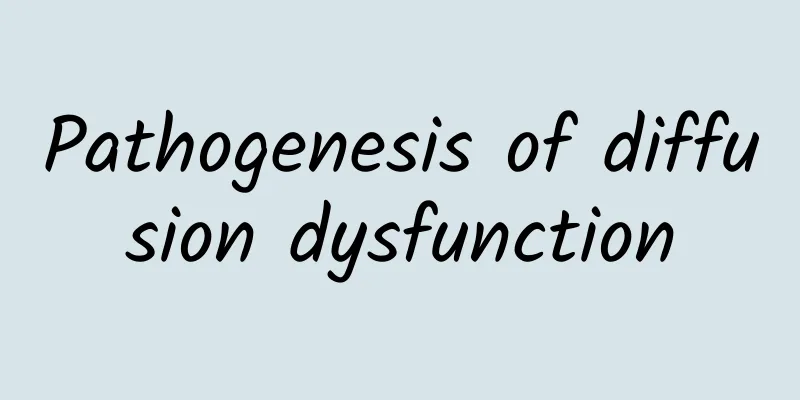Pathogenesis of diffusion dysfunction

|
Many people are not particularly familiar with diffusion dysfunction, which refers to the entry of oxygen, carbon monoxide and other gases into the alveolar membrane, causing an obstructive symptom. It often leads to an imbalance in the ratio of air and blood flow in patients, causing hypoxia in patients. This is also quite harmful to patients. The amount of diffusion, diffusion time, molecular weight of the gas and gas partial pressure all have important relationships. Pathogenesis of diffusion dysfunction 1. Decreased diffusion area: The diffusion area of the alveolar membrane of a normal adult is about 80m2. At rest, the alveolar diffusion area is about 35m2 to 40m2. Because of its large reserve, ventilation dysfunction will only occur when it is reduced by more than half. Reduced alveolar membrane area can be seen in pulmonary consolidation, atelectasis, emphysema, and lobectomy. 2. Diffuse membrane thickening The alveolar membrane is composed of capillary endothelial cells, basement membrane, reticular spaces between capillaries and alveolar epithelium, alveolar epithelium, liquid layer on the surface of alveolar epithelium and surfactant layer. The thickness of the membrane is 0.35 to 1.0 μm, so the gas is easy to diffuse and the exchange is fast. When pulmonary edema, hyaline membrane formation, pulmonary fibrosis, interstitial pneumonia, etc. occur, the thickness of the alveolar membrane may increase, the permeability of the alveolar membrane may decrease or the diffusion distance may increase, resulting in a slow diffusion rate and gas diffusion disorder.The amount of diffusion depends on the difference in gas partial pressure on both sides of the membrane, the diffusion area, distance, time, gas molecular weight and its solubility in the diffusion medium. Emphysema and other lung tissue lesions, diffuse pulmonary interstitial fibrosis and other diseases can cause reduced diffusion function. Clinically, when lung lesions produce diffusion dysfunction, there is often a significant ventilation/perfusion imbalance, which results in hypoxia. |
>>: Symptoms of coagulation disorders
Recommend
What causes redness at the wound edge?
We all know that during the healing process of wo...
What should I do if my tooth is broken in half and the root is still there?
It is quite common that a tooth is broken but hal...
Is a sore throat a sign of a cold?
Is a sore throat a sign of a cold? In fact, it ca...
Traditional Chinese medicine can actually achieve "nurturing both body and spirit"
To nourish both body and spirit, one should not o...
Is pear cold or hot?
Pear is a common fruit in people's daily life...
40 weeks stomach tightness and hardness
When pregnant women go to the hospital for a pren...
Left distal radius fracture
Fractures of the left distal radius are very comm...
Chinese medicine for cough
Cough can be treated with traditional Chinese med...
How to quickly eliminate bruises from injections
Injections are mainly a medical treatment for col...
Can patients with favism take vitamin C?
Many people do not know what causes the symptoms ...
How to remove acne on the face
Facial appearance is extremely important. Everyon...
What are the symptoms of acute vaginitis?
There are many symptoms of acute vaginitis. We kn...
What are the differences between gastric ulcer and gastric erosion?
If long-term gastric erosion is not effectively t...
Diseases treated by Aconite
Do you know what aconite is in traditional Chines...
Projectile vomiting is common in
Vomiting usually occurs in an overflowing state, ...









